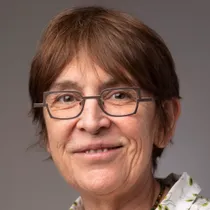- Home >
- Publications >
- Friction-driven membrane scission by the human ESCRT-III proteins CHMP1B and IST1
Friction-driven membrane scission by the human ESCRT-III proteins CHMP1B and IST1
Authors
A. King Cada, Mark R. Pavlin, Juan P. Castillo, Alexander B. Tong, Kevin P. Larsen, Xuefeng Ren, Adam L. Yokom, Feng-Ching Tsai, Jamie V. Shiah, Patricia M. Bassereau, Carlos J. Bustamante, James H. Hurley
Abstract
The endosomal sorting complexes required for transport (ESCRT) system is an ancient and ubiquitous membrane scission machinery that catalyzes the budding and scission of membranes. ESCRT-mediated scission events, exemplified by those involved in the budding of HIV-1, are usually directed away from the cytosol (“reverse topology”), but they can also be directed toward the cytosol (“normal topology”). The ESCRT-III subunits CHMP1B and IST1 can coat and constrict positively curved membrane tubes, suggesting that these subunits could catalyze normal topology membrane severing. CHMP1B and IST1 bind and recruit the microtubule-severing AAA
Members

PATRICIA BASSEREAU
CNRS Research Director

